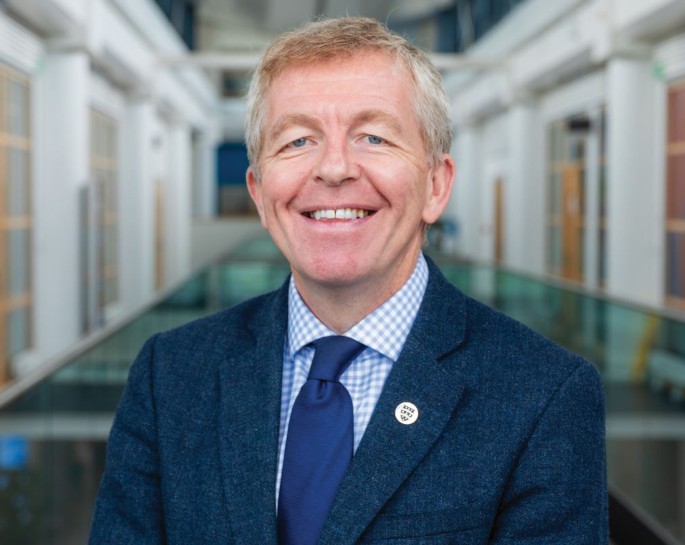The Dental Schools Council (DSC) has published a report on widening participation in dental education in the UK, calling for coordinated action to address regional inequalities in access to dental careers. The report identifies persistent ‘cold spots’ with far fewer applicants and outlines a series of targeted recommendations to expand opportunities for students from under-represented and under-served areas. With oral health inequalities on the rise, particularly in areas with limited access to care known as ‘dental deserts’, it is essential to implement measures to recruit more students from regions most in need of dental professionals.

Drawing on internal research and data purchased from UCAS on applicant trends, for the first time DSC has publicly published schools’ progress in improving representation in student cohorts.
The paper outlines key recommendations to address geographical inequalities:
Some universities within ‘cold spot’ regions prioritise candidates from the local area to encourage applicants from these areas to apply. Initiatives include partnering with schools and community organisations in rural and underserved areas to deliver summer schools, taster sessions, school visits, interview and application support, work experience opportunities and mentoring schemes. It is also common for dental schools to offer reduced A-level grades as a contextual marker. Most DSC members make strong and successful efforts to recruit local applicants. However, nationally this omits areas and regions without dentistry programmes, such as the East and South East of England. Schools are encouraged to work alone and together to address these gaps.
To ensure widening participation candidates are not disadvantaged by geography, DSC calls for a national framework for mutual recognition of WP eligibility across dental schools. This would mean that students qualifying for WP in one institution’s scheme could be recognised as WP across all dental schools in the UK regardless of location. Universities could use a shared core criteria while having regional flexibility, as well as create greater transparency and support for applicants navigating differing school policies. The scheme already works well in medicine.
New tools like the Higher Education Access Tracker (HEAT) and UCAS data are helping dental schools map inequalities in real-time and evaluate interventions. To help long-term workforce diversity monitoring, DSC is encouraging partners across the sector including the dental regulator, the General Dental Council, to collaborate to better understand impacts of dental school recruitment on future workforce patterns.
Strong financial constraints are affecting both university and NHS activities. Maintaining investment by universities in widening participation initiatives despite these pressures is key to maintain and improve progress on providing representative cohorts that better serve patients by providing higher quality care and working on the evidence base for it.
Professor Ewen McColl, Chair of the DSC (pictured), said: ‘To meet the UK’s growing oral health needs and reduce persistent inequalities in dental care across the country, we must draw on the widest possible pool of talent. Widening access to future dental teams from all communities is not only about fairness, though that is important – it is essential for building a dental workforce that is equipped to serve all communities across the country through research and service. Nationally, DSC will explore reaching beyond our traditional catchment areas for our outreach and recruitment efforts towards regions with low application rates. This must be a collaborative effort to ensure that all communities are able to send people to train at dental school. Students from under-represented backgrounds bring lived experience, insight and commitment that enrich both the learning environment and the profession. Supporting these students to access and thrive dental education is critical to building a workforce that reflects and understands the population it serves.
‘Dental schools cannot act alone. Dentistry remains one of the most oversubscribed courses in UK higher education, with many highly capable applicants unable to secure a place. If we are to close workforce gaps and ensure equitable access to care, we urgently need government investment to increase the number of funded places in dental schools. Without this, we risk exacerbating health inequalities and turning away the very future dentists who could make all the difference.’
Read the report at
link

